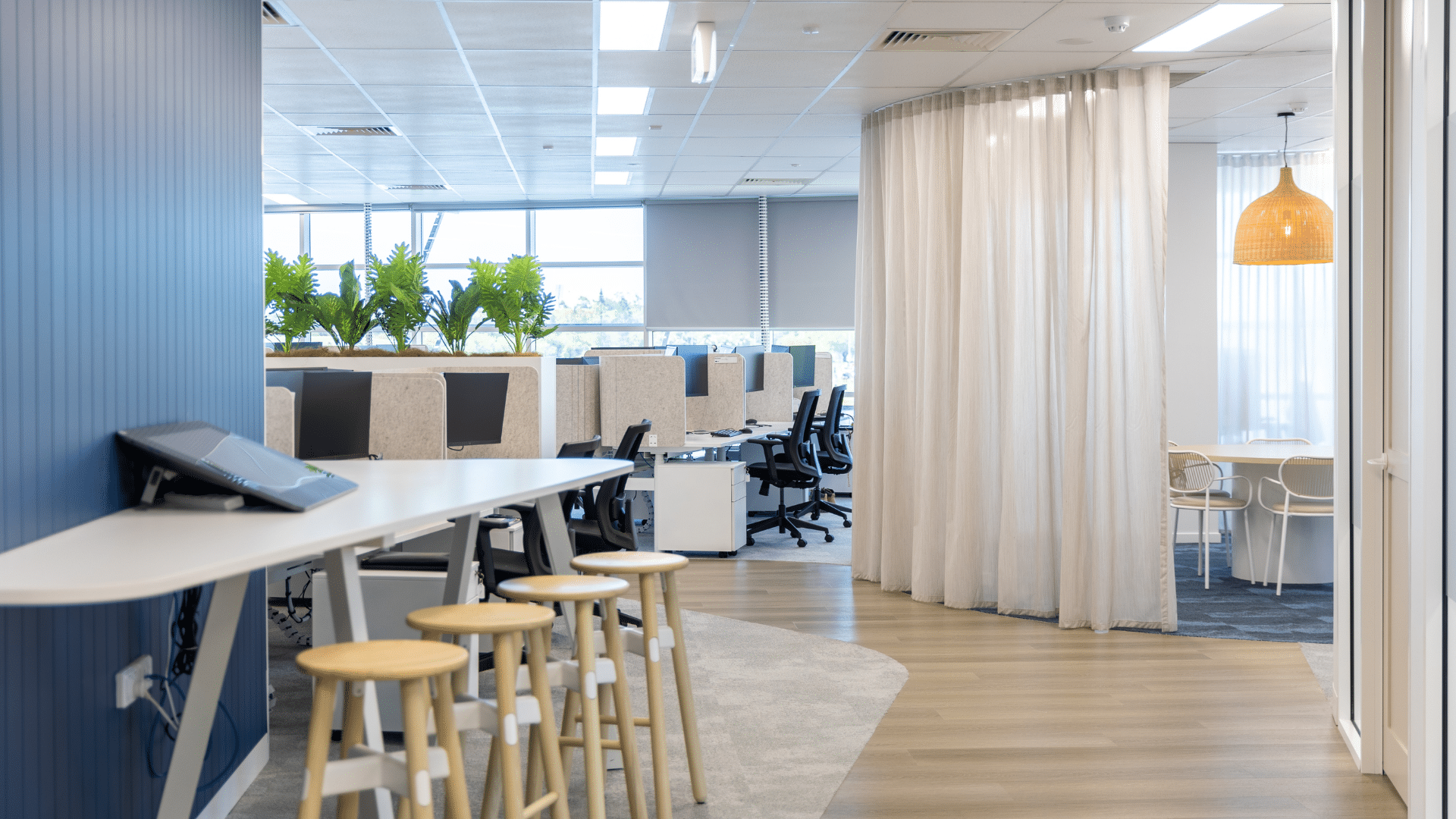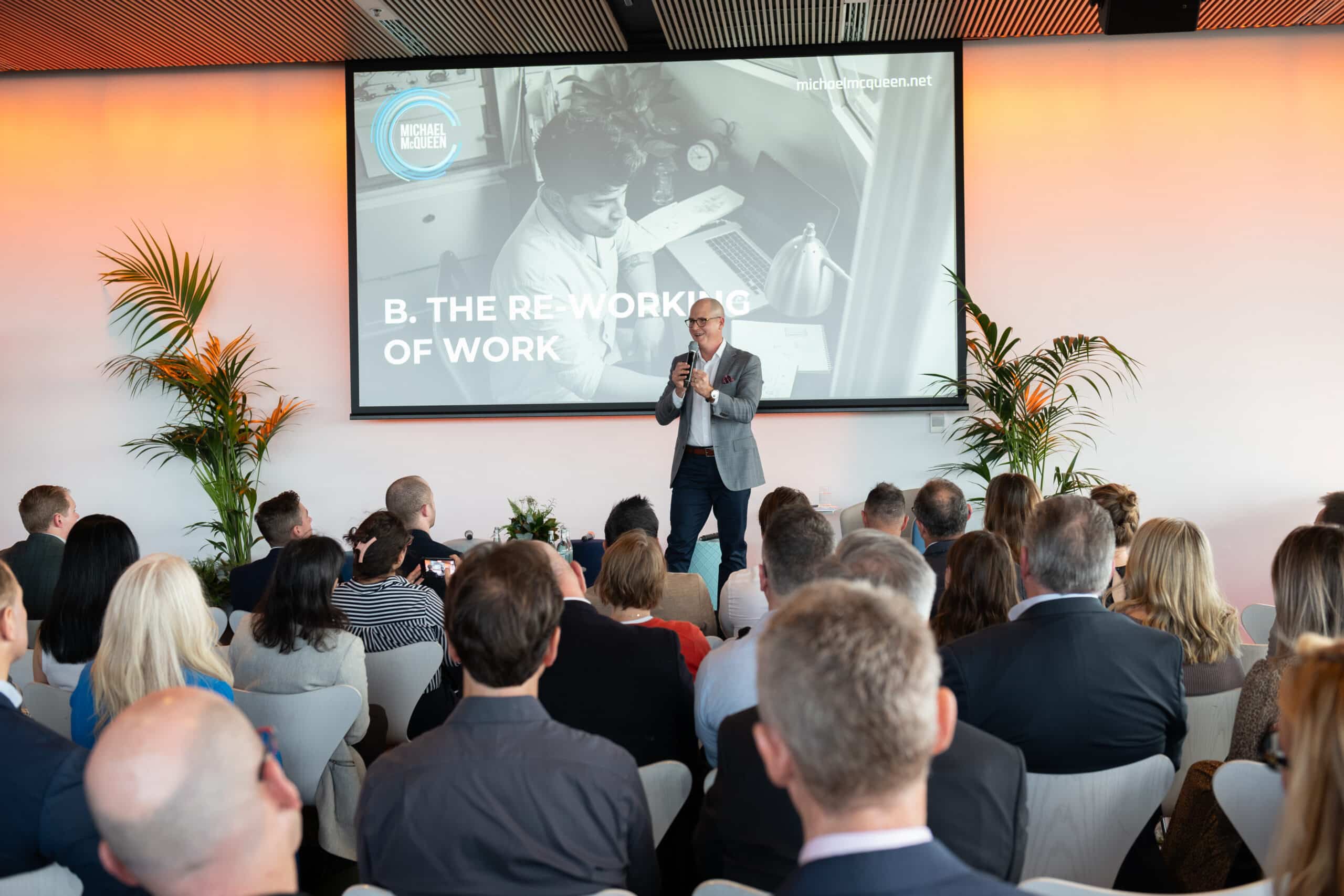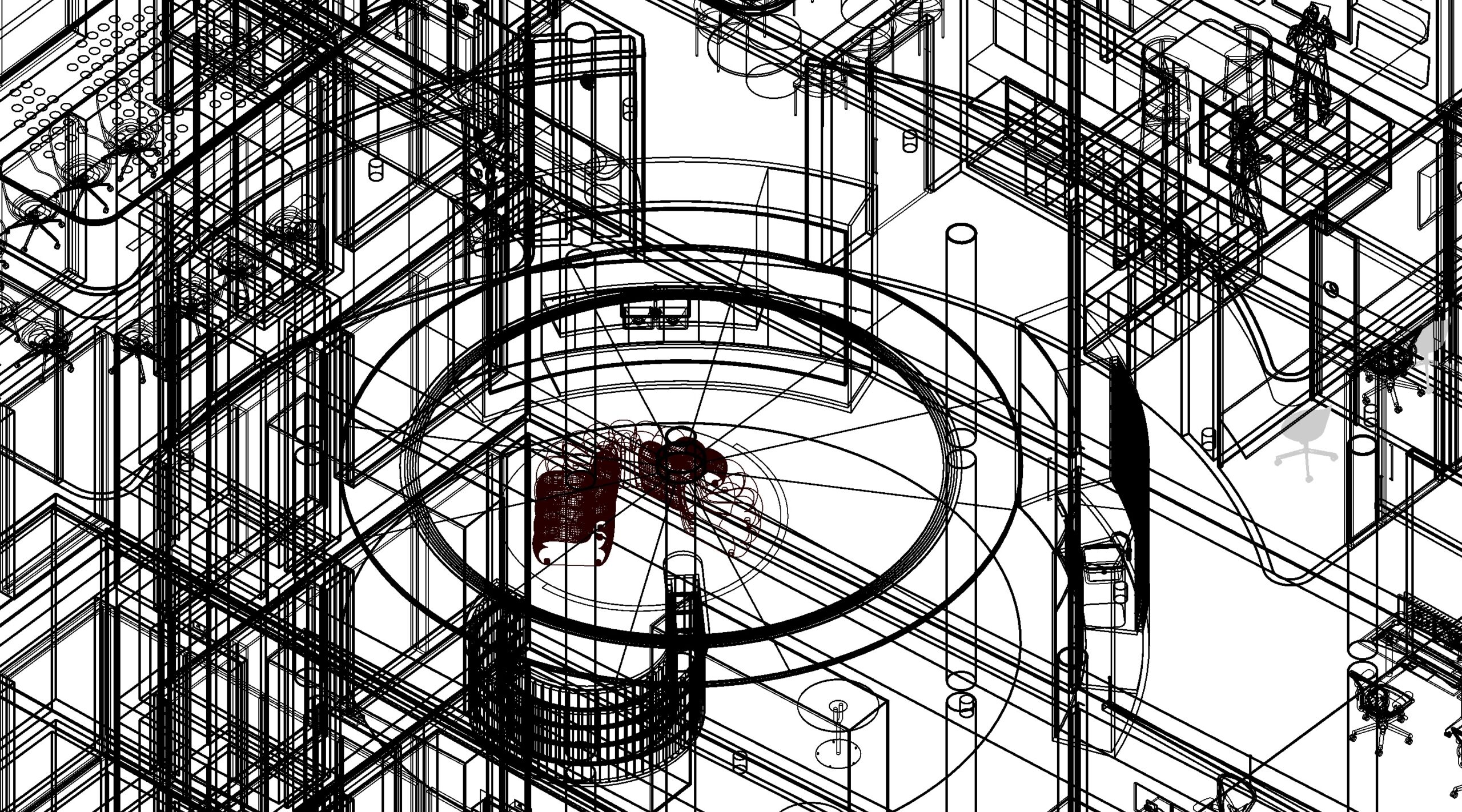
People are diverse – they’re nuanced, unique. Similarly, the way they work is diverse, nuanced and unique, all requiring different needs.
So how can you cater to everyone’s needs and preferences? You give them choice.
Designing a workspace with diversity, equity, and inclusion (DE&I) in mind is about creating a space in which everyone can thrive, no matter what those differences are. That means giving them the choice to modify their environment to suit their preferences.
Inclusive workspace design ensures the accessibility and usability of a workspace by a broad range of people, irrespective of any differences, without the need to specially adapt them – Source. Employees should never feel singled out based on their unique requirements and needs or be forced to exercise any action that may draw unnecessary attention to themselves. It is crucial that companies nowadays provide solutions in the office that are available to anyone, regardless of specific abilities or requirements, and value individual differences within their workforce – Source.
DE&I in workplace design is always more than what meets the eye. Did you know that only 8% of people with disabilities are wheelchair users? This means that 92% of all people with disabilities have other physical, cognitive, and sensory needs, like neurodivergence – Source. Therefore, is it’s critical to consider all human characteristics and diversities, such as disabilities, neurodiversities, health and mental health conditions, orientations, gender, age, ethnicity, faith, and culture when designing a workspace. – Source.
Designing for DE&I and the impact it has on the workplace
When considered and integrated from the beginning, designing for DE&I has the power to create a welcoming environment, and in doing so, creates a calmer and happier workplace, enabling more innovation and engagement – Source. Designing with a human-centred approach like this, demonstrates to employees that their uniqueness is not only embedded into the company culture, but it’s also celebrated – Source.
So, what can a diverse, equitable and inclusive workplace design do for a business?
Increase productivity, innovation and creativity
Flexibility and autonomy makes employees more resilient, as they can more easily adapt to change – Source. These spaces also provide a sense of independence, which consequently gives employees the confidence to take on various tasks without hesitation. At the team level, inclusive and diverse environments foster the exchange of a wide variety of perspectives and ideas, which can improve decision-making, innovation and creativity – Source. They also become better problem solvers, as they interact with different people in different spaces around the office, adding new levels of insight and innovation – Source.
Boost engagement
DE&I environments make employees feel more comfortable to share their honest thoughts, feelings, and opinions, with others, which promotes a sense of openness and trust within a company. This leads to stronger morale within teams and throughout the organisation, as well as a stronger sense of community.
Improved recruitment, retention, and loyalty
A well-designed workspace that caters to a large, more diverse pool of candidates will result in a more diverse, higher quality pool of applicants – Source. In fact, 83% of Gen Z’s say a company’s commitment to diversity and inclusion is a priority when choosing an employer – Source.
Employees are also more likely to stick with companies that care for them beyond simply their work productivity and output. Research shows that DE&I in the workplace can improve employee retention rates by up to 72% and that 85% of employees say they’re more likely to stay with an employer that shows a high level of diversity and inclusion – Source.
Mitigate risk
Supportive DE&I workspaces can reduce potential conflicts or frustrations by creating a positive environment and dedicated spaces for problem-solving and collaboration – Source.
Improve overall bottom line
DE&I isn’t just ethically correct – it’s financially wise. Companies with diverse workforces are 35% more likely to outperform their competitors – Source.
Designing with DE&I in mind
While organisations are abandoning the one-size-fits-all approach en masse, it’s also not possible to tailor the workplace to suit each individual employee’s needs. Rather, it’s about considering all potential barriers for a diverse group of employees and proactively designing in such a way as to minimise or eliminate those barriers.
To design with inclusivity in mind, it is pivotal to consider the following features: Flexibility in use, ease of use, perceptible information, tolerance for error, low physical effort, and size and space for approach and use – Source.
Agile Design and Physical Environment
It is important that employees feel free to move about the office and select a space that will suit their working style in that moment. Are there enough quiet spaces for one to do focussed work or for introverted personalities to take a mental break? Are there spaces for private collaboration between teams or co-workers? Are these spaces all easily accessible for those with physical impairments? Is there the ability for someone to modify a space to suit their needs, without consultation?
A great example of agile design is the inclusion of wellness spaces in the workplace. Today more than ever, we understand the importance of encouraging a more comprehensive state of wellbeing for all employees at work. This may include elements such as biophilic design, circadian lighting or even prayer rooms. These unique design innovations in workplace wellness support a healthy work environment.
WELLS rating for DE&I
In 2022, The International WELL Building Institute (IWBI) announced the launch of the WELL Equity Rating, a new rating designed to help organisations act on their diversity, equity, inclusion and accessibility goals, and improve company culture and employee health – Source.
“By driving accountability and action, the WELL Equity Rating will serve as an important tool to help organizations actualize their DEI commitments, live their values and effect lasting change,” said Dr. Angelita Scott, Director and Community Concept Lead at IWBI – Source.
Everyone is diverse in one way or another, and it’s important that the workspace provides an equitable experience for everyone.


